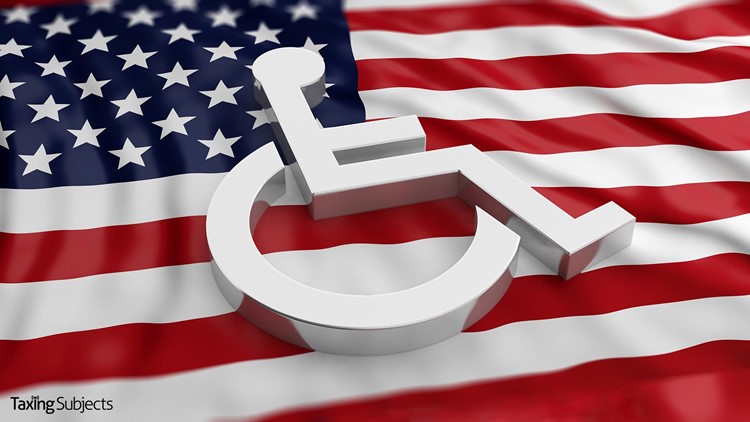IRS Notes TCJA Changes to ABLE Accounts

The Internal Revenue Service last week issued a Tax Tip outlining how the Tax Cuts and Jobs Act (TCJA) will affect section 529A ABLE accounts.
In 2014, Congress passed The Achieving a Better Life Experience Act, which established a new type of state-offered savings account designed to help disabled Americans afford qualified disability expenses, like “housing; education; transportation; health, prevention, and wellness; employment training and support; assistive technology; and personal support services.” The changes instituted in TCJA expand upon those savings opportunities by offering more flexibility and other improvements to the program.
The listed changes include increasing the annual contribution limit by $1,000 for tax year 2018, enabling beneficiaries to count part of their contributions toward claiming the Saver’s Credit, and allowing the transfer of money from a 529 education savings plan to an ABLE account.
Here’s the bullet-list breakdown from the IRS:
“Annual Contribution limit increase
- The limit is $15,000 in 2018.
- Certain employed ABLE account beneficiaries may make an additional contribution up to the lesser of these amounts:
- The designated beneficiary’s compensation for the tax year
- The poverty line for a one-person household. For 2018, this amount is $12,140 in the continental U.S., $13,960 in Hawaii and $15,180 in Alaska
Saver’s Credit
- ABLE account designated beneficiaries may now be eligible to claim the Saver's Credit for a percentage of their contributions.
- The credit is claimed on Form 8880, Credit for Qualified Retirement Savings Contributions. The Saver’s Credit is a non-refundable credit available to individuals who meet these three requirements:
- Are at least 18 years old at the close of the taxable year
- Are not a dependent or a full-time student
- Meet the income requirements
Rollovers and transfers from section 529 plans
- Families may now roll over funds from a 529 plan to another family member’s ABLE account.
- The ABLE account must be for the same beneficiary as the 529 account or for a member of the same family as the 529 account holder. Rollovers from a section 529 plan count toward the annual contribution limit.
- Here is an example: the $15,000 annual contribution limit would be met by parents contributing $10,000 to their child’s ABLE account and rolling over $5,000 from a 529 plan to the same ABLE account.”
For more information, visit IRS.gov.



